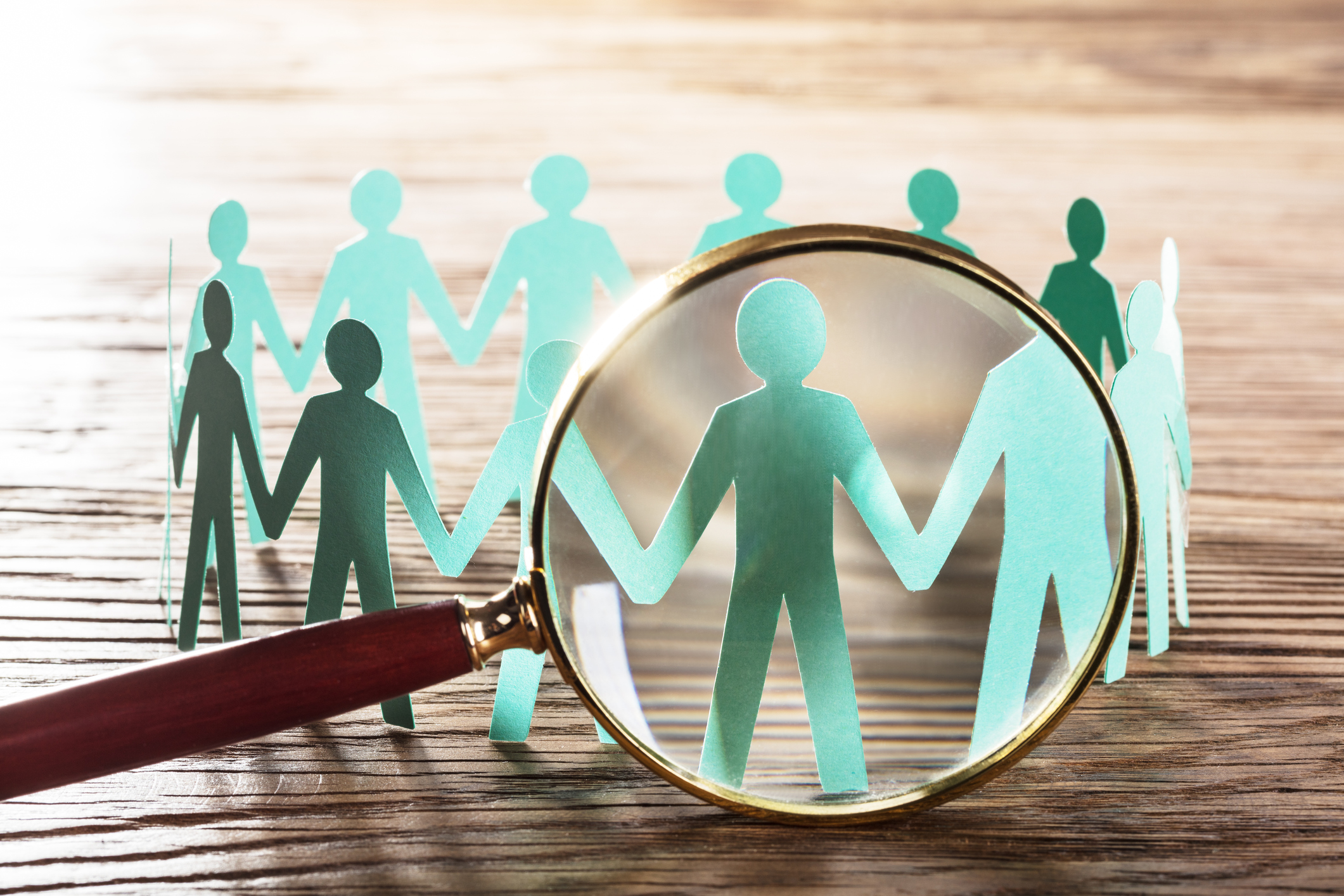I mean, imagine if you didn’t:
“Oh yeah, that dent on the ceiling is from when Nathalie was showing off her chainsaw juggling skills. Did we not tell you about that? Yeah, it’s why she was out of the office for a couple weeks. It was awesome. Too bad about her fingers, though.”
Sounds preposterous, right? And yet it’s precisely what happens in countless instances of workplace harassment. People who experience or witness harassment at work frequently neglect to disclose it, or wait years to report it.
A recent article in Lifehacker neatly sums up why (emphasis added):
“In the deluge of sexual harassment allegations over the last few months, one question keeps coming up: Why didn’t the victims report at the time? Well, for a bunch of reasons: they didn’t think anyone would believe them, or they didn’t think it was ‘bad enough’ to warrant an HR complaint, or they believed that speaking out would torpedo their career. But of all the people who’ve ever been harassed in the world, there are certainly a good number of people who simply didn’t know how to report—what steps to take, how to document, and to whom they should direct their grievances.”
The article goes on to detail a few ways any employee who experiences or witnesses harassment can take action, from following up with a supervisor to filing a complaint with the Equal Employment Opportunity Commission.
Although those are important forms of recourse, the responsibility to address harassment shouldn’t fall entirely on employees’ shoulders. According to the EEOC, every organization should have in place formalized, functional systems for reporting and investigating harassment, and for taking corrective actions against alleged perpetrators:

